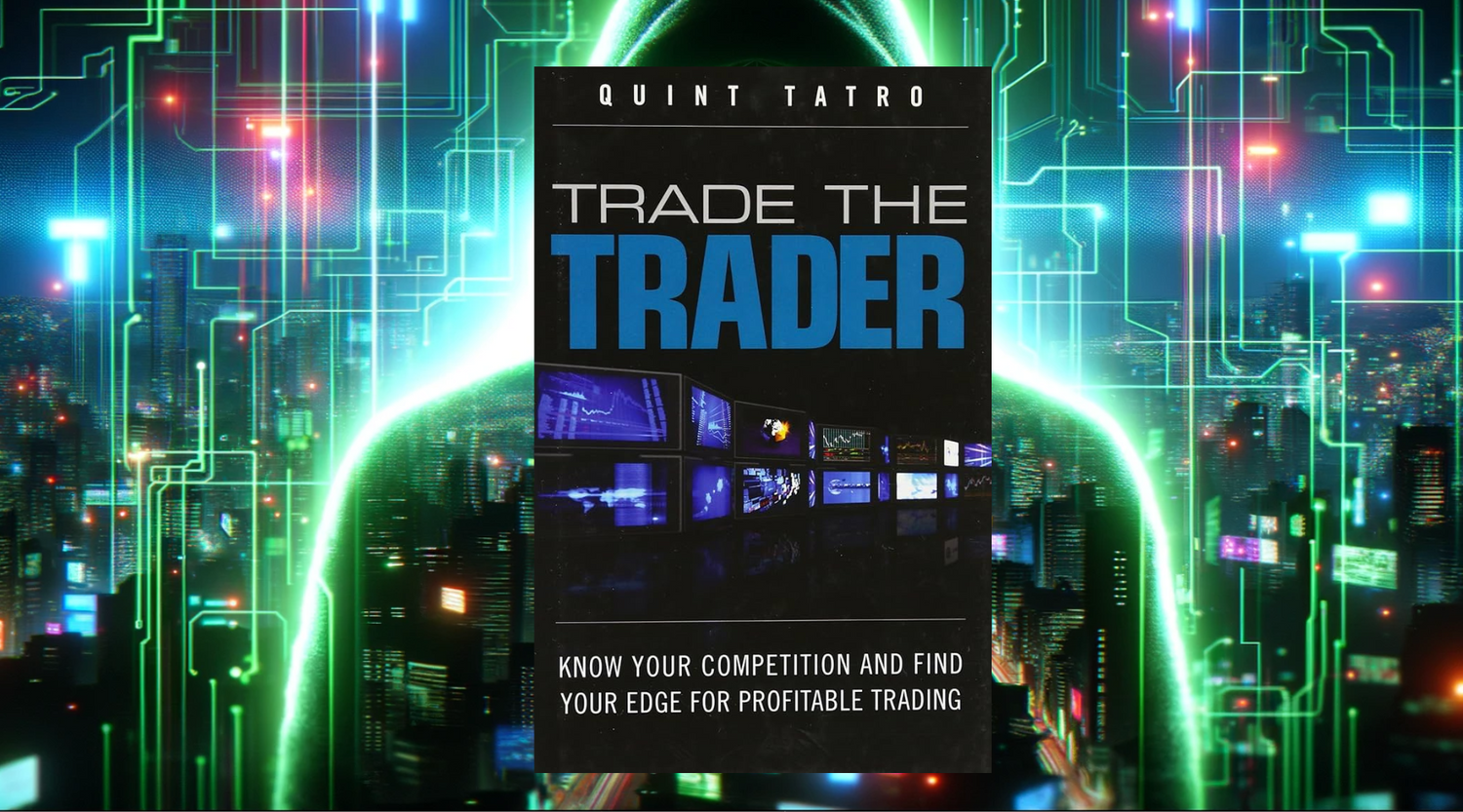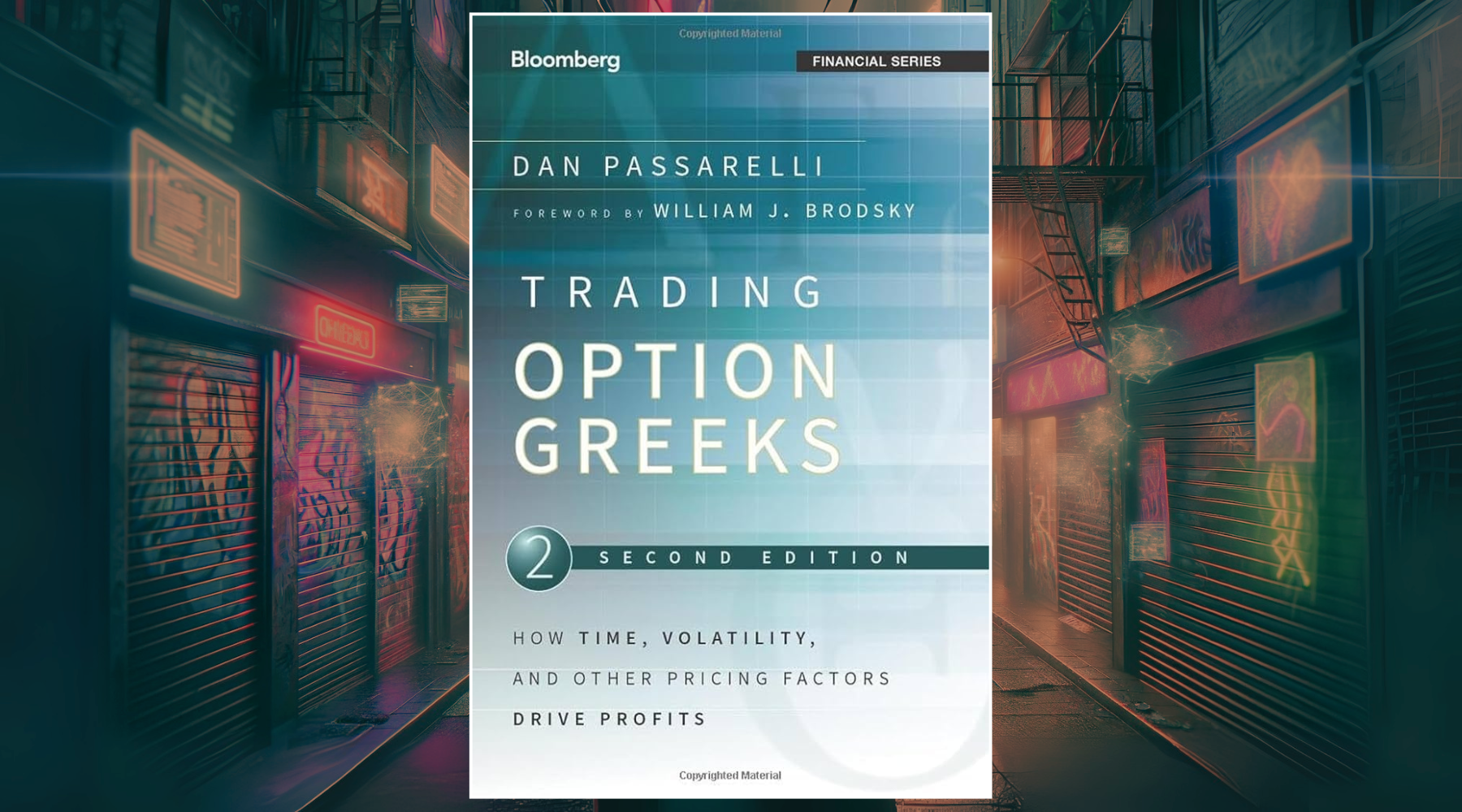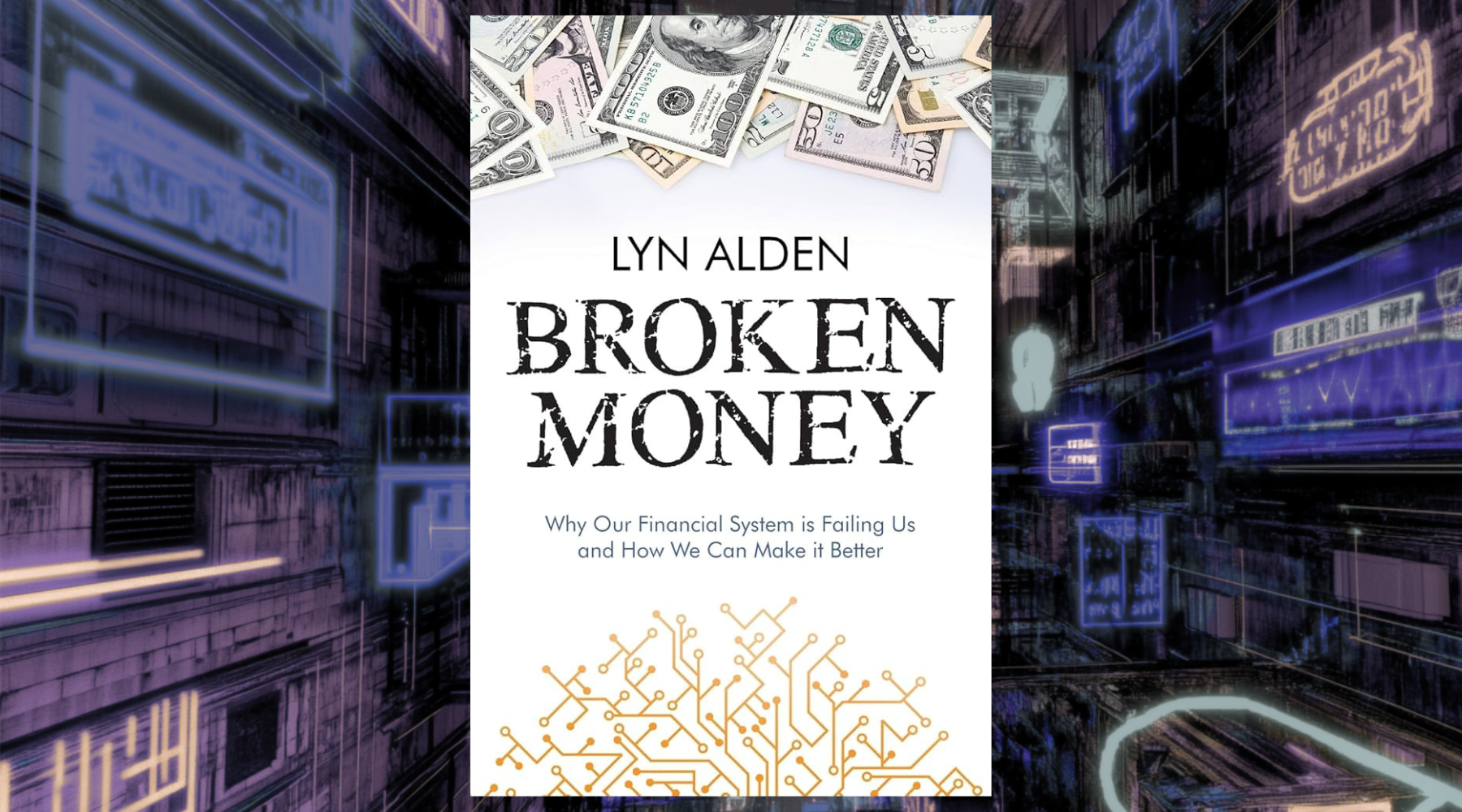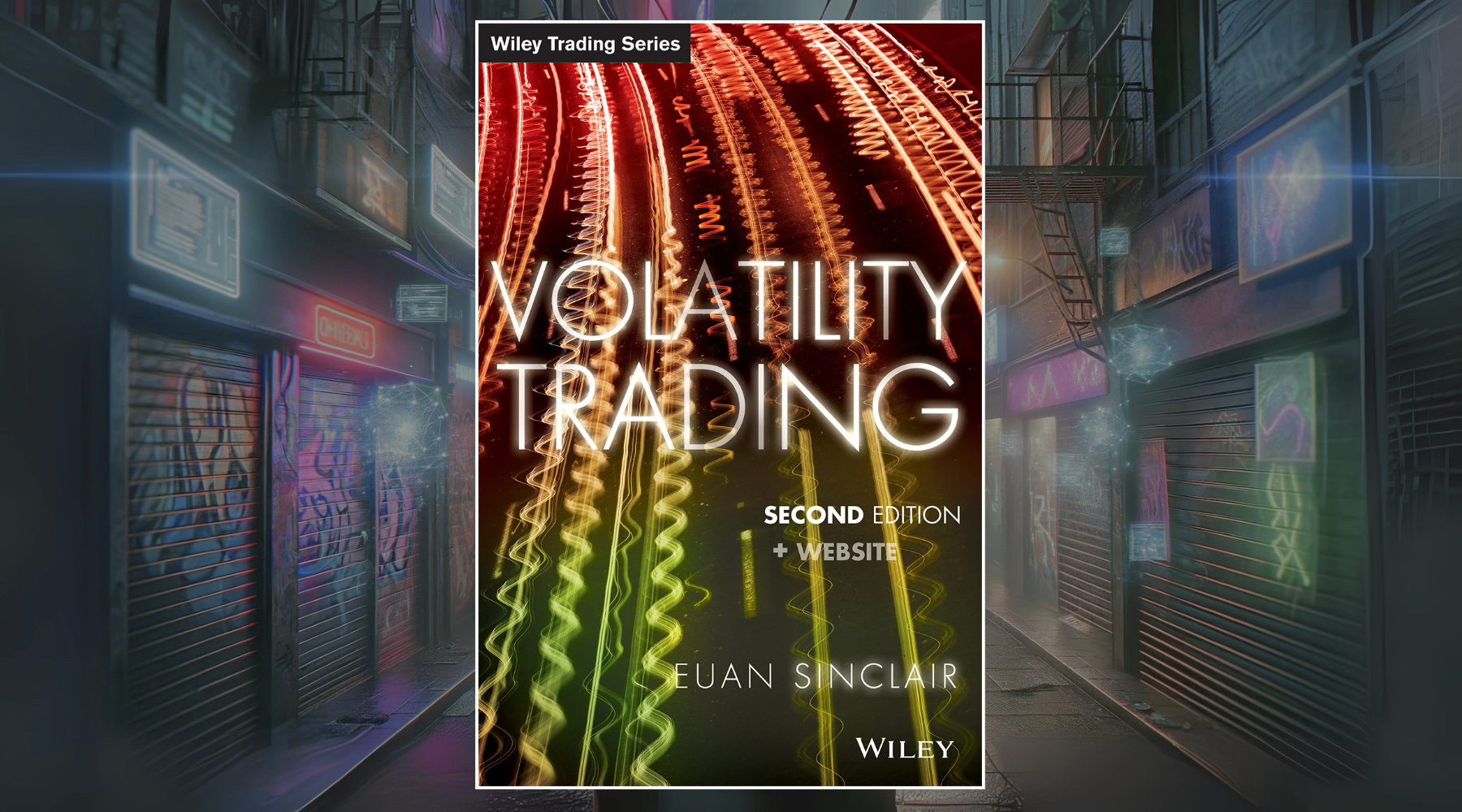Trade the Trader: Know Your Competition and Find Your Edge for Profitable Trading, by Quint Tatro
Trade the Trader covers a broad range of topics that deal with professional trading. Although it’s not meant for an absolute beginner, this was a very easy book to read, and it does have some great ideas and concepts to think about even for the more advanced professional trader.
While this book does go into trading strategies and concepts, it is mainly focused on the psychology of trading against the person on the other end of your trade. You need to understand what that person is thinking and what is the reason for them to take the other side of your trade.
About the Author: Quint Tatro

This book was written in 2010 and I haven't looked into what Quint Tatro has done since the book came out. So this About The Author section is current up until 2010...
Quint Tatro is the President and owner of Tatro Capital, LLC, an investment advisory firm in Central Kentucky. Despite being geographically distant from Wall Street, Tatro is recognized as a top analyst, regularly contributing his insights on CNBC's Fast Money and Fox Business's Happy Hour, as well as writing for financial websites including Forbes.com and StockTwits.com. His financial acumen is rooted in his family's century-long history in the financial sector, helping him develop a keen understanding of the industry from a young age while working alongside his father, a seasoned financial professional.
Tatro's professional journey in finance began in 1999 as a retail broker within his family's firm in Rochester, New York. His career saw rapid advancement leading to the eventual establishment of his own firm, Tatro Capital, in 2003 (now called Joule Financial as of 2024). He became a partner in a hedge fund in Bradenton, Florida in 2005, where he played a key role in managing a $60 million fund ($500M as of 2024, see tweet screenshot at the bottom of summary). Returning to Kentucky in 2007, Tatro re-established Tatro Capital, extending his financial services to the wider public and marking his presence in the financial industry.
To learn more about Quint Tatro and Joule Financial, check them out here:
Topics Covered in Trade the Trader:
- Finding Your Edge
- Timing Your Entry
- Basic Technical Analysis & Trend Lines
- Picking a Time Frame
- Determining Entry Points
- Setting Stops & Controlling Your Risk
- Taking Gains
- How to Trade the Trader
- The Head Game
I’ll cover each of these topics very briefly:
Finding Your Edge
Achieving consistent success in trading comes when the trader is able to commit to a single system and then consistently refine the strategy within your system. Progress starts when a single system is fully committed to and worked tirelessly to perfection.
The problem most traders have, is when they go a few trades with their specific setup not working out, they begin to look at other strategies that would have worked in that specific case. This causes the trader to veer off into new strategies instead of staying focused on their own edge. This is ok for new traders looking for a strategy, but be careful when doing that after your edge has been defined.
Trade the Trader: Know Your Competition and Find Your Edge for Profitable Trading
A strategic guide to understanding market participants and gaining a competitive advantage in trading. Learn how to identify the behavior patterns of other traders, recognize market manipulation, and develop the skills needed to stay ahead of institutional and retail competition for consistent profitability.
View on AmazonTiming Your Entry
Timing your entry will likely be based on inflection points on the chart. Each significant price point on a chart correlates to many people having an emotional response to that area of the chart, and we call those inflection points. Recognizing and understanding these areas of critical emotion on a chart may provide you with an edge for an entry or exit on a trade.
Understanding technical analysis and trend lines helps to spot these inflection points.
Basic Technical Analysis & Trend Lines
Quint Tatro talks more about the emotional reasoning that creates trend lines than he does about teaching technical analysis.
“It’s really quite simple: If you are following technical analysis, you are either stalking the movement of others, or your movements are being stalked. If you don’t know on which side you fall, odds are you are someone’s next meal”. ~ Quint Tatro
Technical analysis seeks to quantify and predict the movements of other traders. We assume that the patterns on a chart are being developed by those not studying the same thing, and although this may have been true a few years ago, today the landscape has shifted dramatically. Now we must assume that the masses are studying the same technical analysis, so to be successful now we must trade the trader who is simply trading the technical analysis basics.
“You would be wise to remember that when so many are utilizing the same strategy, it will rarely work”. ~ Quint Tatro
Picking a Time Frame
Human emotions can be seen on any timeframe of a chart. A breakout on a 1-minute chart can be felt to some traders the same way a daily breakout can be felt by another set of traders.
Determining Entry Points
There are two different methods for entering a trade:
- Anticipatory - entering a trade with the anticipation of something expected to happen.
- Reactionary - entering a trade as a reaction to something happening.
Examples given are easiest to explain in a Breakout scenario.
Anticipatory Trade: Imagine a breakout level at $5, which was a previous double top high. As the price moves up near this level again, you decide to buy at $4.90 anticipating a breakout on this next test of $5.00. The upside is that when the breakout happens, you are already in the trade from under the $5 level, so there’s a higher profit potential. The downside is that the $5.00 level potentially holds and the price flushes back down. Where do you put your Stop in this case?
Reactionary Trade: In the same scenario, a reactionary trade would be placed as a buy after the $5.00 level does break. This trade allows for an easier Stop by seeing if the $5.00 level holds or not.
Hybrid Trade: Quint talks about his hybrid trade which is reactionary style but tweaked a bit to accommodate a more passive trade. This involves waiting to see the breakout level break and then hold for an extended period of time before entering the trade.
Setting Stops & Controlling Your Risk
“A disciplined stop system is critical for proper execution and serves as the foundation for consistent success”. ~ Quint Tatro
There’s a fine line between remaining in control of your trade and your trade becoming based on mere hope. This line can be quantified by your Stop. Changing your trade strategy mid-trade is usually based on just hope, and that is usually a sign that a trade is not working and you should look to get out of the trade as soon as possible and move on to a more lucrative opportunity for your financial and mental capital.
Setting stops is what sets apart professional traders from the traders that are no longer traders. Your stop should correlate with the level that your trade thesis is no longer valid.
Risk Management: One major form of risk management is by sticking to your strategy. After a strategy doesn’t work multiple times in a row a trader might start looking for something else that is working. This switching up of a strategy constantly can be a bigger problem than just taking the losses of your current strategy and will be the beginning of a trader's demise.
Tatro says in regard to this switching of strategies when trades aren’t working:
“Absolutely nothing good can come from acting on these temptations. Although financial calamity is possible, the biggest danger in venturing away from your disciplined trading strategy is actually the potential for success in the trade”. ~ Quint Tatro
If you’re chasing a strategy because it’s working right now, you will never hone in on any real edge. There will always be a new shiny object to chase, which puts your trading style in line with the masses. The masses don’t tend to beat out the disciplined professional traders.
Taking Gains
This chapter can be summarized with: No matter how long you trade or how successful you become, there will always be challenges. Stick to your system if it is profitable and constantly make tweaks and developments. The gains will become a natural part of your process.
How to Trade the Trader
This chapter is all about trading pattern failures. To do this you have to have an understanding of where and why traders are entering and exiting their trades. This gives you an advantage to see where other traders are in trouble and you’ll be able to more predictably anticipate their next moves.
Examples: Failed breakouts, failed breakdowns, high of day stops, trend breaks
The Head Game
You have two different accounts: Financial Capital and you have Emotional Capital. Don’t let your financial account affect how you allocate your emotional account. Your goal as a trader should be to keep your emotions in check at all times.
“The best trader gives absolutely no hint as to how they are doing at the time you interact with them and never allow their performance to alter their lifestyle. In fact, successful trading is often rather boring, and if you find yourself facing consistent emotional swings, odds are you are doing something wrong”. ~ Quint Tatro
Once you have a solid strategy and game plan, your ultimate success has more to do with psychology than your actual trading rules. Understand your behavior patterns while trading, learn your strengths and weaknesses, and don’t just ignore any issues you have within your trading system. Always be working to improve on your weaknesses as well as your strengths. Keep reading, keep studying. To become great you need to keep improving because there is someone out there on the other side of your trade that is working their ass off to beat you.
“You must know that the minute you sit in front of a computer screen studying the markets, you are facing not only the smartest people in the world, but the most competitive. You are facing ex-professional athletes who already know what it takes to succeed in the athletic arena. You are facing Ivy League scholars. Finally, you are facing institutions that have an endless supply of capital from which to move markets, move stocks, and bounce you around like a ping-pong ball in the wind. After opening a trading account, like David facing Goliath, you are undermanned, underequipped, and the odds are significantly against your success. If you are not ready to commit the time and energy it takes to gain an edge against these challenging odds, do yourself a favor and find someone capable of managing your money with a proven track record of success”. ~ Quint Tatro













Leave a comment
This site is protected by hCaptcha and the hCaptcha Privacy Policy and Terms of Service apply.